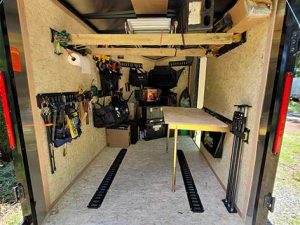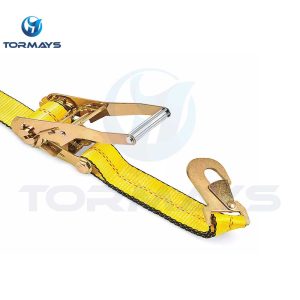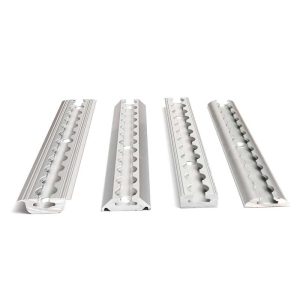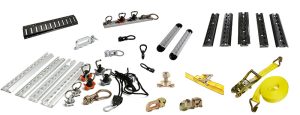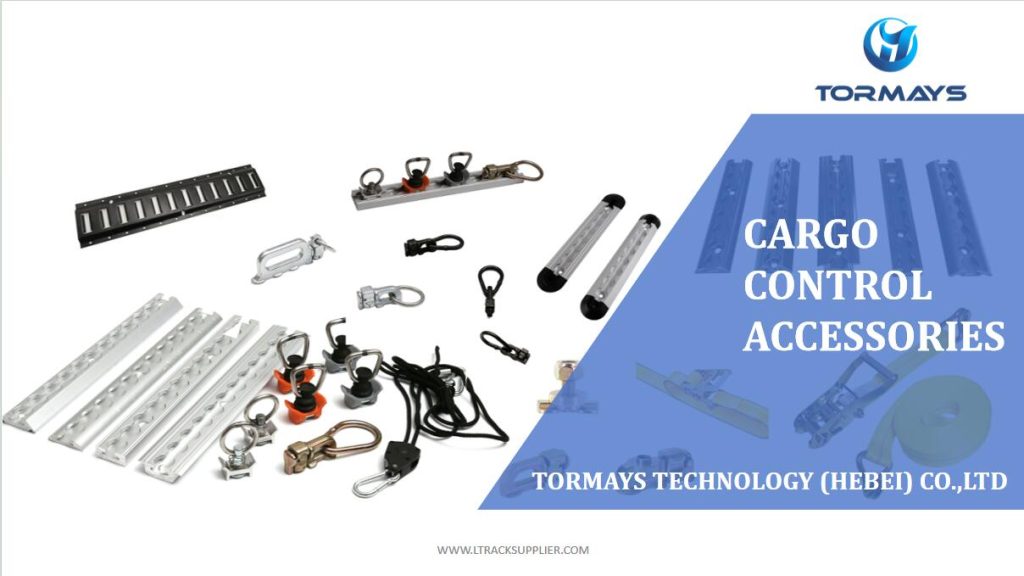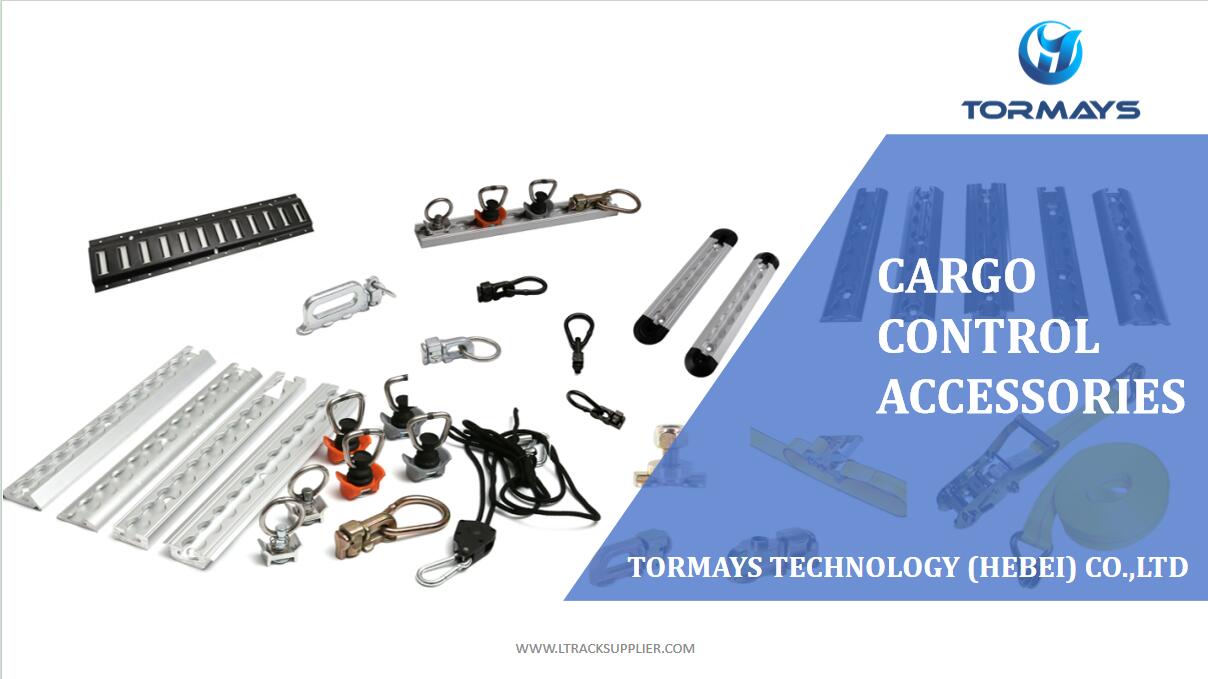When transporting goods, ensuring they remain secure during transit is crucial for both safety and efficiency. Load restraint bars, also known as cargo bars or load locks, are essential tools in the world of freight transport. Whether you’re moving household items, securing cargo in a commercial truck, or organizing a trailer, understanding how load restraint bars work can save time, money, and prevent accidents.
In this blog, we’ll explore what load restraint bars are, their different types, key benefits, and practical tips for using them effectively.
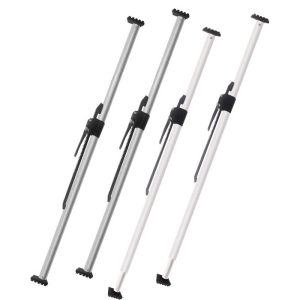
What Are Load Restraint Bars?
Load restraint bars are adjustable metal or aluminum bars designed to keep cargo from shifting during transportation. They are typically installed across the width or length of a vehicle’s cargo space, such as in trucks, trailers, or vans. By creating a barrier, these bars prevent items from moving, reducing the risk of damage or accidents.
Types of Load Restraint Bars
Understanding the different types of load restraint bars will help you choose the right one for your needs:
1. Cargo Load Bars (Load Locks):
These are the most common type, featuring telescopic designs that adjust to fit various truck or trailer sizes. They often have rubber feet for a firm grip.
2. Ratchet Load Bars:
These bars use a ratcheting mechanism to tighten and secure the bar in place, providing extra stability for heavy loads.
3. Aluminum Load Bars:
Lightweight yet strong, these bars are ideal for frequent use and easy handling. They are also resistant to rust, making them suitable for long-term applications.
4. Beam Cargo Bars:
Designed for heavier loads, beam bars are more robust and are often used with E-Track systems for enhanced security.
Key Benefits of Load Restraint Bars
1. Enhanced Cargo Safety:
Load bars keep your cargo in place, preventing it from shifting and causing damage or accidents. This is particularly important for fragile or hazardous materials.
2. Cost Savings:
By preventing cargo damage, load restraint bars reduce the need for costly repairs or replacements. They also help avoid fines for unsecured loads.
3. Easy to Use:
Most load bars are adjustable and straightforward to install, requiring minimal effort or tools. This makes them accessible for both professional truckers and everyday users.
4. Versatile Applications:
Load restraint bars are useful for various transport needs, including moving trucks, delivery vans, trailers, and even personal vehicles during long trips.
How to Choose the Right Load Restraint Bar
When selecting a load restraint bar, consider the following factors:
– Load Capacity:
Ensure the bar can handle the weight and pressure of your cargo.
– Vehicle Type:
Choose a bar that fits the dimensions of your truck, trailer, or van.
– Material:
Aluminum bars are lightweight and rust-resistant, while steel bars offer extra strength.
– Attachment System:
Some bars are designed to work with specific systems like E-Tracks or L-Tracks. Make sure they are compatible with your setup.
Tips for Using Load Restraint Bars Effectively
1. Position Strategically:
Place the bars close to the heaviest or most fragile items to prevent movement.
2. Check the Grip:
Ensure the rubber feet or ends are firmly secured against the vehicle walls to avoid slipping.
3. Use Multiple Bars:
For larger loads, use multiple bars to distribute pressure evenly and enhance stability.
4. Inspect Regularly:
Before each trip, check the bars for wear and tear, ensuring they are in good working condition.
Load Restraint Bars vs. Other Cargo Control Methods
While load restraint bars are highly effective, they are often used alongside other cargo control tools, such as:
– Ratchet Straps: Ideal for tying down individual items or securing loads on open trailers.
– E-Track and L-Track Systems: Provide multiple anchor points for securing various cargo.
– Cargo Nets: Useful for covering and holding down smaller or irregularly shaped items.
Using a combination of these tools ensures maximum safety and stability during transport.
Conclusion
Load restraint bars are indispensable for anyone involved in transporting goods. They offer a simple yet effective solution for preventing cargo movement, reducing damage, and ensuring road safety. By choosing the right type of bar and using it correctly, you can make your cargo transport more secure and efficient.
Investing in high-quality load restraint bars and understanding their proper use is not just about compliance—it’s about protecting your cargo, vehicle, and everyone on the road. Whether you’re a professional trucker or a DIY mover, load restraint bars are a must-have tool in your cargo control arsenal.
Call to Action:
Looking for reliable load restraint bars? Explore our range of high-quality options designed to meet your cargo control needs. Contact us today to learn more!

